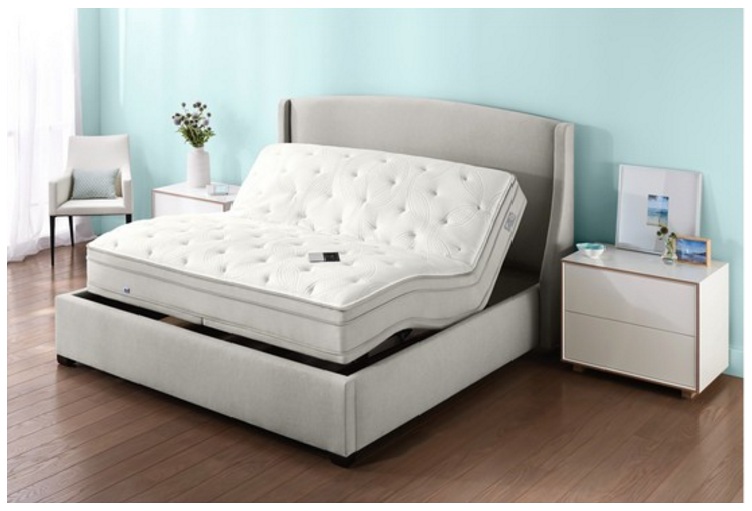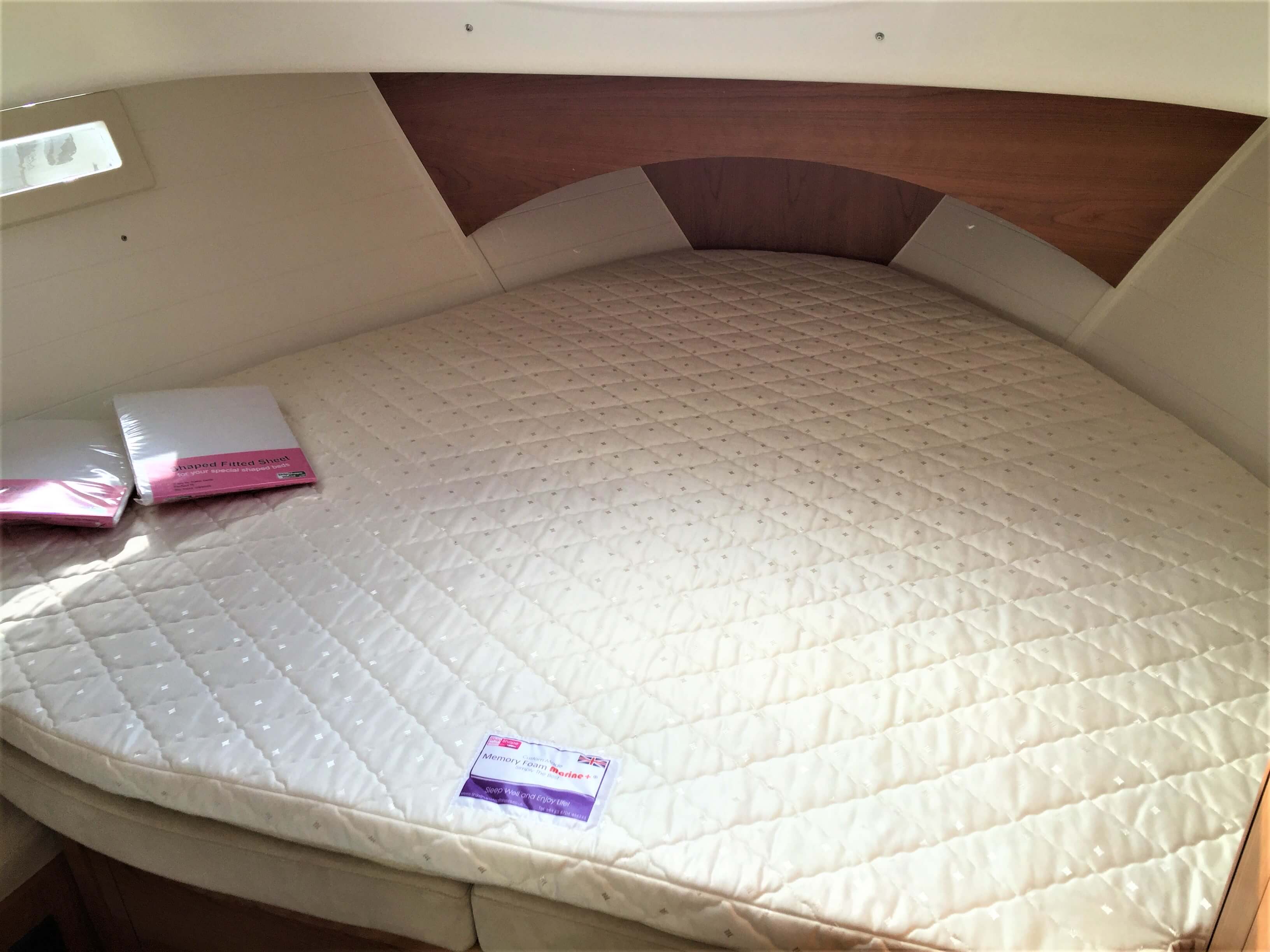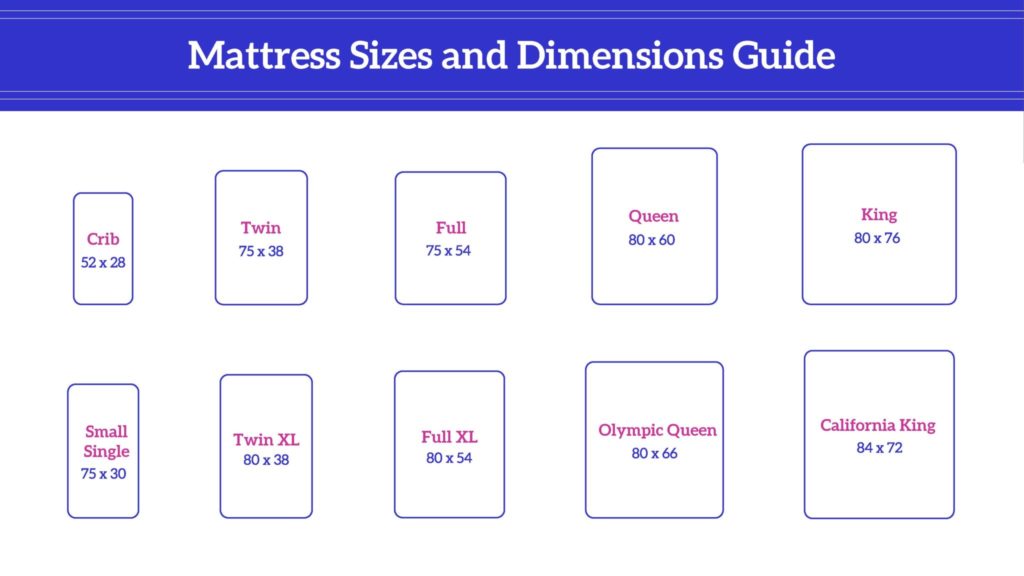Interior doors come in a wide variety of styles, finishes and materials, allowing homeowners to make dramatic statements while choosing the right proportion for their home design. From contemporary doors to traditional designs, there's a solution for every taste. The most popular types of interior doors are flush doors, hollow core doors, panel doors and French doors. Flush doors feature simple, flat designs that don’t have any visible panels or cross pieces. Hollow core interior doors are lightweight and can easily be installed and removed, making them perfect for smaller spaces. Panel doors are commonly used in homes and have panels that are framed in or out. French doors, on the other hand, are two hinged doors that swing outward. French doors are most often used to connect two different rooms as they provide an airy, open feeling to the home. Types of Interior Doors for Home Designs
Interior doors come in a standard door size of 80 inches in height, but can come in different widths from 24 to 36 inches. Homeowners commonly go for a door size of 36 inches in width, which is the widest model you can find. Moreover, the interior door sizes vary depending on your house design and the other dimensions of the room. Usually, interior door sizes are determined by how much space the door has to fill in between two walls or the size of the existing door frame. Common Interior Door Sizes
If you’re planning to renovate your home’s interior, taking the time to learn how to pick an interior door that complements your house design is a smart move. When it comes to choosing the right type of interior door for your space, and the most important thing is to determine the purpose of the door. In other words, consider the type of room the door will be opening to and the amount of foot traffic it’s likely to receive. If you’re planning to renovate an already existing home, consider the current style and make sure to choose a door that complements the overall design. DIY Tips for Choosing Interior Doors
When it comes to designing interior doors for historic homes, there is an added layer of complexity. In these cases, you need to make sure the design is complementary to the home, as well as functional and modern. As such, it’s important to choose styles and materials that are consistent with the era of the house. To start, you should get familiar with the common motifs and materials used in the particular era. For example, if your home is a Victorian-era property, look for interior doors with stained glass windows, intricate trim or elaborate door pulls. Designing Interior Doors for Historic Homes
As mentioned earlier, when selecting interior doors for your home design, one of the key considerations is the proportion of the door. It’s important to make sure the door fits within the frame of the door jamb. In other words, if a door is too wide, it can be difficult to open and close, and if it’s too narrow, it can be aesthetically unappealing. Besides the size, proportion also refers to the height of the door, which often depends on the height of the people living in the house. Generally speaking, taller doors are more comfortable for taller people and shorter doors are better suited for shorter people. Selecting the Right Proportion for Interior Doors
If you’re replacing existing interior doors, you’ll need to measure the hinges for proper installation. To do this, start by checking the width of the existing hinges. Next, measure the length of the screws used to attach the hinge to the door frame. Finally, take note of the number of screw holes in the hinges. It’s also important to make sure the hinges you’re replacing, have a similar pattern as the new ones. Once you’ve double-checked these measurements, you should be ready to begin the installation process. Measuring Interior Door Hinges for Replacement
There are several differences between interior and exterior doors that should be taken into consideration when choosing the right style for your home. Firstly, exterior doors are designed to protect the inside of the home from harsh weather conditions. Therefore, they are usually crafted from more durable materials such as hardwood, metal or fiberglass. On the other hand, interior doors are primarily used as a way to make a statement. As lifestyle trends evolve, interior doors are often made from more aesthetically pleasing materials such as wood veneer, laminate and glass. Exterior Doors vs. Interior Doors: Pros and Cons
Choosing the right type of interior door for your house design is an important decision. It’s important to consider the style, size, proportion and material before making a final decision. Also, keep in mind that the style of door you choose should be in keeping with the aesthetic of the overall home. When it comes to materials, you can choose from wood, painted timber, plastic, glass, metal, vinyl, laminate or a combination of any of these. It’s important to also take the proportions of the room into account. As a rule of thumb, the wider the room, the larger the door. Choosing the Right Interior Door for Your House Design
Interior door frames come in a variety of different sizes and shapes to fit any style of house design. Standard frames are made of wood and feature rectangular top and bottom members that fit into the jambs of the door. There are two different types of proportions to consider when shopping for a pre-hung door system: A narrow style frame is usually 3 or 4 inches wide and is typically used for doors in small spaces; while wide frames are typically 6 or 8 inches wide and are used in larger spaces. Types of Interior Door Frame Proportions
If you don’t take the size and proportion of your interior doors into account, you may experience a few common issues after installation. For instance, if the door is too narrow it may be difficult to open and close and if it’s too large it may not close properly or be aesthetically unappealing. Additionally, if the proportions of the doorframe don’t match the size of the door, the door may not fit the frame properly and could even cause damage to the door frame. Common Problems With Interior Door Proportions
Interior doors are an important element of modern home designs due to their ability to separate public and private areas and create a unique visual focus within the space. When choosing interior doors for modern home designs, it is important to select ones that match the unique proportions of each room and don’t overpower the overall design scheme. Contrasting textures, colors and finishes can also be used to add visual interest and create a beautiful focal point in the space. Finally, modern interior doors often feature minimalist frames and hardware, which help to create a clean and sleek look. Interior Door Proportions in Modern Home Designs
The Benefits of Proportional Interior Doors
 As house designs evolve, one of the most important factors to consider is the size of your interior doors. Standardized sizes used to be the go-to choice, but now, more homeowners are opting for doors that are proportionate to the size and scale of the walls they’re connected to. This is a trend that is increasing in popularity, particularly in modern style homes. In this article, we discuss the benefits of proportional interior doors and why you should consider it when updating your home.
As house designs evolve, one of the most important factors to consider is the size of your interior doors. Standardized sizes used to be the go-to choice, but now, more homeowners are opting for doors that are proportionate to the size and scale of the walls they’re connected to. This is a trend that is increasing in popularity, particularly in modern style homes. In this article, we discuss the benefits of proportional interior doors and why you should consider it when updating your home.
Aesthetic Appeal
 Installing proportional interior doors creates a unique aesthetic in the home by contributing to the overall balance, symmetry, and harmony of the space. Opting for proportional doors instead of a standardized size allows you to customize the height and width of each door, helping create a space that will stand out and capture the attention of visitors.
Installing proportional interior doors creates a unique aesthetic in the home by contributing to the overall balance, symmetry, and harmony of the space. Opting for proportional doors instead of a standardized size allows you to customize the height and width of each door, helping create a space that will stand out and capture the attention of visitors.
Design Versatility
 Proportional interior doors provide more design versatility, allowing homeowners to further customize their home interior to reflect their personal style. Various door styles, colors and textures can be combined to create something unique and aesthetically attractive while still managing to fit well with the rest of the design scheme. When it comes to incorporating design elements into a modern house, adopting proportional doors is one of the most effective ways to achieve a stylish interior.
Proportional interior doors provide more design versatility, allowing homeowners to further customize their home interior to reflect their personal style. Various door styles, colors and textures can be combined to create something unique and aesthetically attractive while still managing to fit well with the rest of the design scheme. When it comes to incorporating design elements into a modern house, adopting proportional doors is one of the most effective ways to achieve a stylish interior.
More Space
 When it comes to maximizing the use of space in the home, proportional doors offer some advantages over traditional doors. Proportional doors are installed according to the size and proportions of the walls they’re attached to, allowing the doors to fit perfectly without overhanging. This means that with proportional doors, you can reclaim some of the space that is wasted with regular doors.
When it comes to maximizing the use of space in the home, proportional doors offer some advantages over traditional doors. Proportional doors are installed according to the size and proportions of the walls they’re attached to, allowing the doors to fit perfectly without overhanging. This means that with proportional doors, you can reclaim some of the space that is wasted with regular doors.
Improved Ventilation and Natural Light
 The use of proportional doors can improve ventilation and the flow of natural light into the interior space. Installing doors with a suitable ratio to the walls allows for larger door openings, facilitating better airflow. Additionally, larger door openings can allow more natural light to flow into the room, drastically improving interior lighting and creating a brighter living space.
The use of proportional doors can improve ventilation and the flow of natural light into the interior space. Installing doors with a suitable ratio to the walls allows for larger door openings, facilitating better airflow. Additionally, larger door openings can allow more natural light to flow into the room, drastically improving interior lighting and creating a brighter living space.





































































































